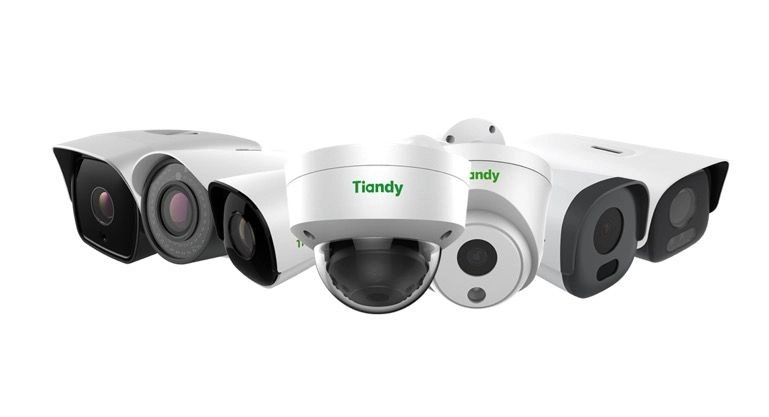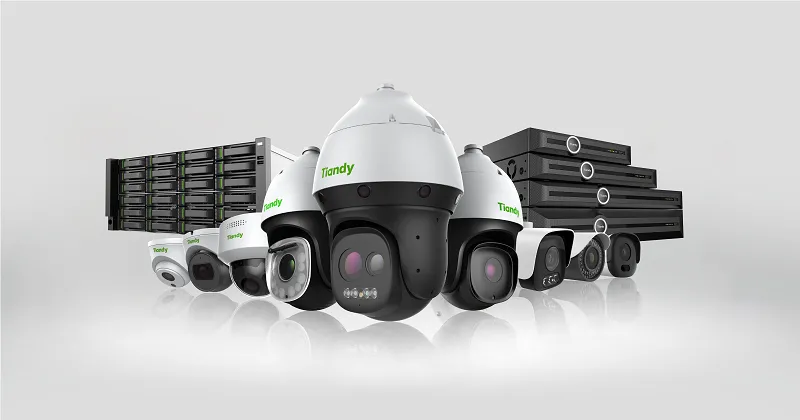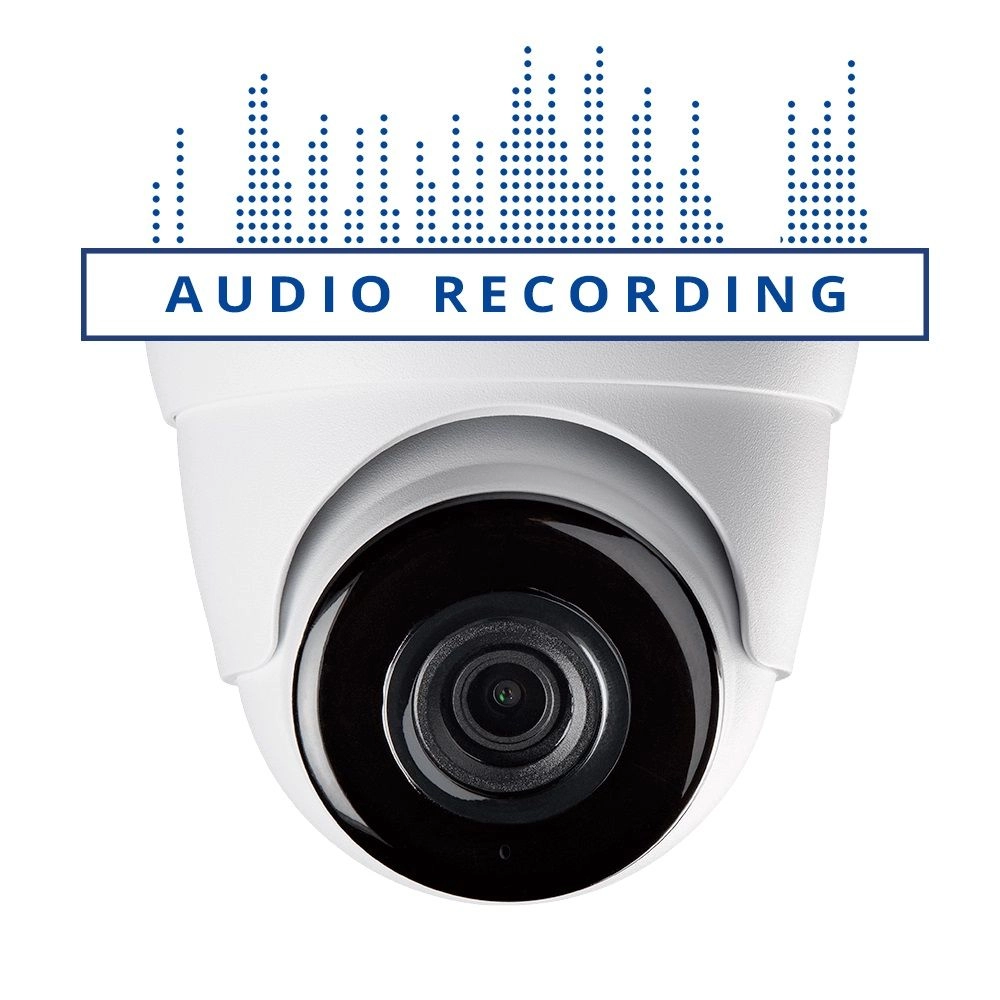What are the requirement for CCTV installation?
Installing a CCTV (Closed-Circuit Television) system involves several considerations and requirements:
-
Legal Regulations: Familiarize yourself with local laws and regulations regarding CCTV installation, as there might be specific rules about where cameras can be placed, privacy considerations, and signage requirements.
-
Purpose and Planning: Define the purpose of the CCTV system. Determine the areas to be monitored, the number of cameras needed, and their placement for optimal coverage.
-
Camera Selection: Choose appropriate cameras based on the area, lighting conditions (day and night), resolution needed, and features like pan-tilt-zoom (PTZ), fixed, or dome cameras.
-
Location: Identify strategic locations for camera placement ensuring coverage of critical areas while respecting privacy boundaries. Consider factors like height, angle, and potential obstructions.
-
Power Supply: Ensure a stable power supply for the cameras. This might involve electrical wiring or the use of Power over Ethernet (PoE) for IP cameras.
-
Storage and Recording: Determine the type of recording system (DVR/NVR) and the storage capacity needed to store footage. Ensure the system has adequate backup and security measures.
-
Networking and Connectivity: For IP cameras, establish a network infrastructure to connect the cameras to the recording system. Ensure proper network security to prevent unauthorized access.
-
Lighting Considerations: Evaluate lighting conditions in the areas under surveillance. Install additional lighting if necessary to improve camera performance.
-
Weatherproofing and Durability: If cameras are placed outdoors, ensure they are weatherproof and durable enough to withstand various weather conditions.
-
Maintenance and Testing: Implement a maintenance schedule to regularly check and clean cameras, test recording systems, and ensure everything is functioning correctly.
-
User Access and Monitoring: Set up user access protocols to the CCTV system, including passwords and access levels. Decide who will monitor the system and how alerts will be managed.
-
Signage and Notifications: Display appropriate signage to notify people that they are under surveillance. Additionally, consider notifications for areas where recording might be sensitive or restricted.
Remember, the requirements may vary depending on the specific environment and purpose of the CCTV system.
For any queries on CCTV systems, Click to view more







